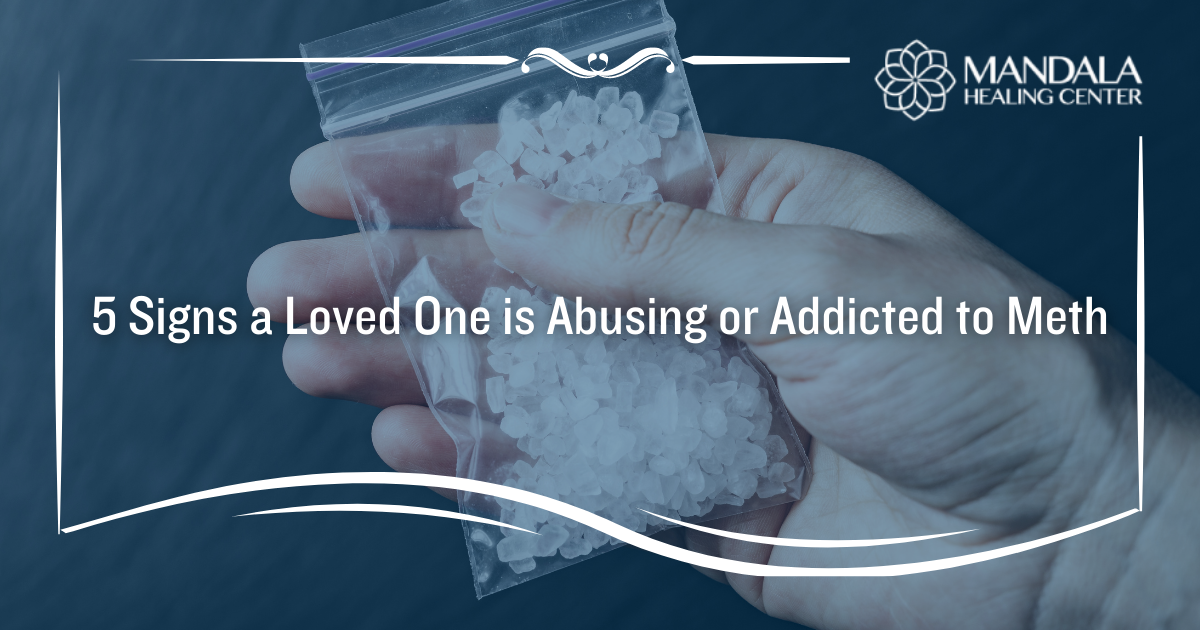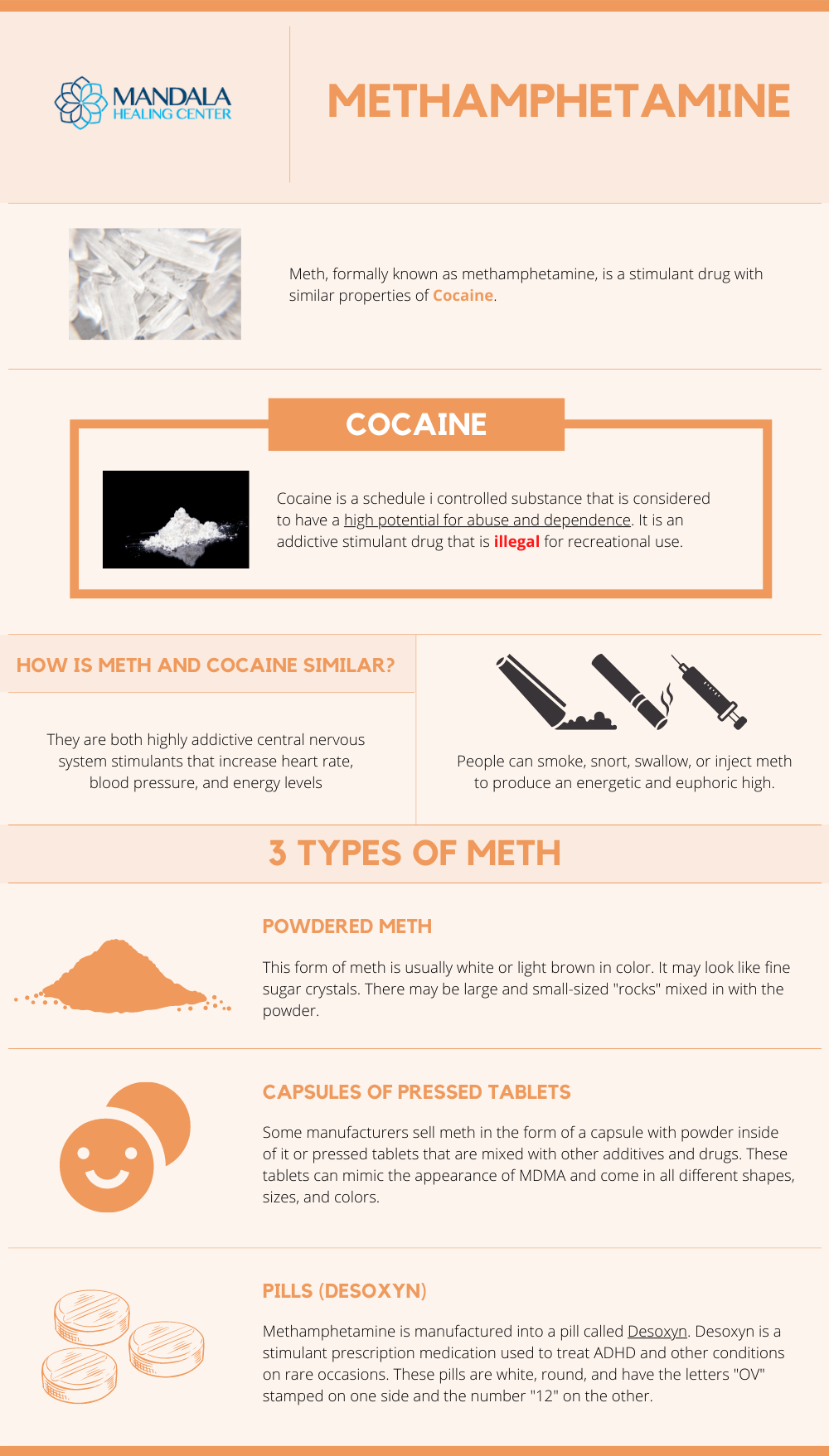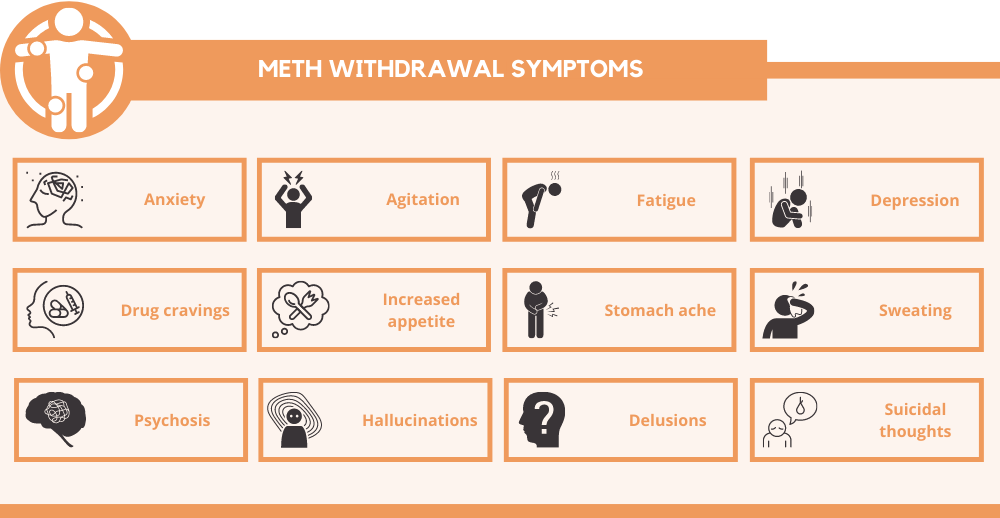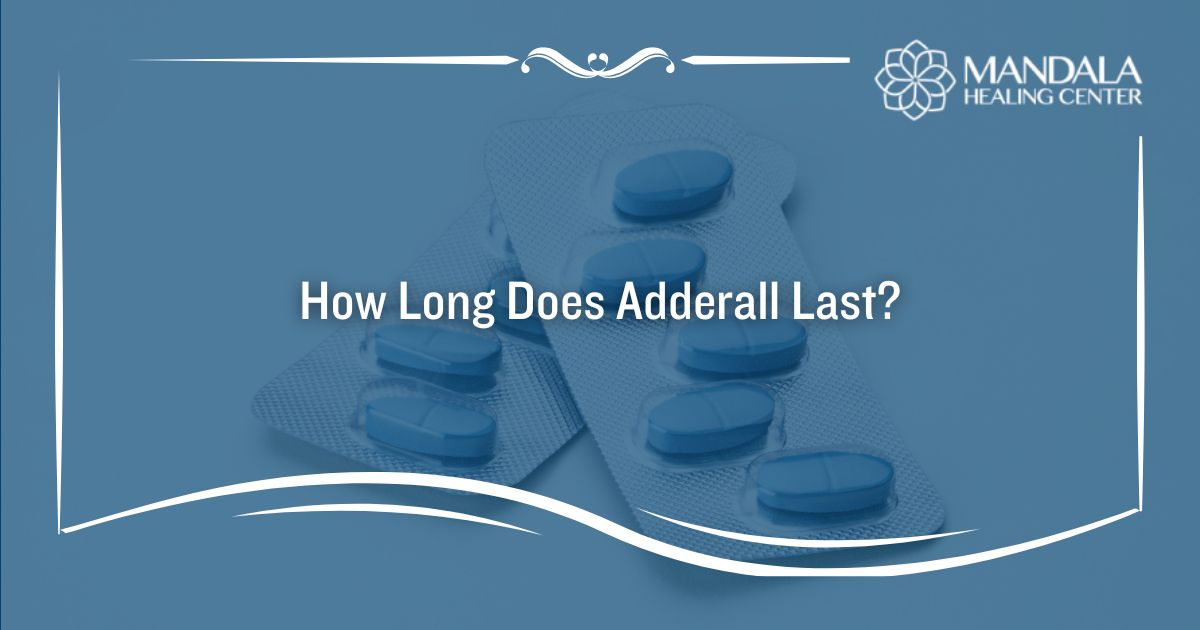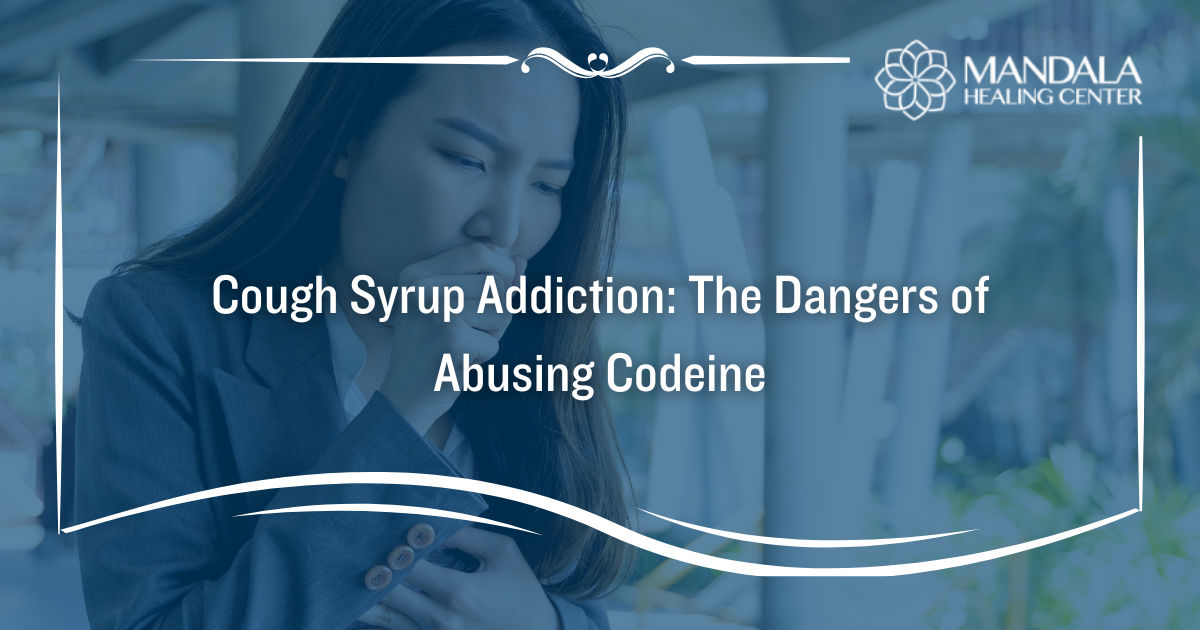Meth, also known as crystal meth or ice, is a potent stimulant drug that can be addictive after just one use. According to findings from the 2017 National Survey on Drug Use and Health (NSDUH), more than 1.6 million Americans used meth that year and an estimated 964,000 people had a meth use disorder or addiction.[1]
While some areas of the U.S., like the North East, have been overcome by the opioid crisis, much of the West and Midwestern regions of the U.S. are still battling a raging methamphetamine epidemic. Unfortunately, due to the addictive nature of meth, it is extremely difficult to quit using once you are hooked.
If you live in a region where meth use is running rampant or you have a loved one who you suspect may be using meth, it’s helpful to know the signs of meth abuse and addiction. Here are five tell-tale signs that your loved one is abusing or addicted to meth.
1. Meth-Related Paraphernalia in the Home or Personal Belongings
One of the easiest ways to determine if someone is using drugs is to look for paraphernalia. Paraphernalia refers to the items or equipment used to administer a substance. When it comes to meth paraphernalia, the exact items depend on the method of administration used.
The vast majority of people who use meth smoke it. Meth is usually smoked using a clear glass pipe with a bulb at the end. Users may also use household glass items like lightbulbs. Others inject meth. Meth injection requires a syringe, needle, lighter, spoon (usually with a bent handle), and some type of cotton. Meth will stain glass pipes and metal spoons with a brown-black residue that you may be able to observe.
If you notice these items hidden away at home or in your loved one’s personal belongings, along with things like small baggies, wrappers, or aluminum foil, your loved one may be using meth or another drug.
2. Picking at the Skin Creating Meth Sores, Rapid Weight Loss, or “Meth Mouth”
Meth abuse and addiction cause a variety of unpleasant physical changes. People who are crashing from a meth high and going in withdrawal may feel a sensation of bugs crawling under the skin. This may cause them to pick at the skin on the arms or face, ultimately creating nasty sores that are prone to an infection called “meth sores.”[2]
As a stimulant drug, meth also decreases appetite. Since it is common for meth users to go on binges that last for several days, some users may not eat, or eat very little, for days at a time. Their bodies become malnourished from starvation and experience rapid weight loss.
Lastly, meth is an illicit drug that is manufactured in clandestine, unregulated laboratories. It is often cut with harsh, toxic chemicals like battery acid, acetone, paint thinner, and more. These chemicals are extremely harsh on the body and even the teeth when smoked. In addition, meth reduces saliva production, leading to dry mouth and the gradual erosion of the teeth. These factors, combined with a lack of self-care, make meth users susceptible to tooth rot and decay, a consequence that is sometimes referred to as “meth mouth.”[2]
3. Isolating From Loved Ones and Lying About Drug Use
Another sign of meth abuse and addiction is isolating from loved ones. People who are addicted to drugs may isolate themselves for many reasons, such as not wanting to raise suspicion of drug use or wanting to be able to use one’s drugs freely. Moreover, people who are addicted to meth may go to any lengths to hide their addiction from the ones they love. This can lead to lying to loved ones, losing interest in activities that were once enjoyed, or giving up personal obligations that used to be important.
4. Building a Tolerance and Developing a Physical Dependence on Meth
The more often a person uses meth, the more of the drug they will need to consume to get high. This is called tolerance. Similarly, the body gets used to having meth in the system over time, causing physical dependence. Physical dependence occurs when the body can no longer function normally without the presence of a drug, and withdrawal symptoms occur if the drug is suddenly removed from the system.
While many types of drug withdrawal involve painful physical symptoms, meth withdrawal is mostly psychological. Symptoms of meth withdrawal include:
- Anxiety
- Agitation
- Fatigue
- Depression
- Drug cravings
- Increased appetite
- Stomach ache
- Sweating
- Psychosis
- Hallucinations
- Delusions
- Suicidal thoughts
If your loved one has developed a tolerance and/or dependence on meth, he or she is addicted.
5. Acting out in Bizarre, Risky, or Illegal Behaviors
Meth abuse can change a person’s behaviors in both the short and long term. While under the influence of meth, people may experience hallucinations or psychosis which makes them act in bizarre ways. Individuals may move quickly, make sudden jerking movements, or act paranoid.
Meth addiction, on the other hand, can make people do things they normally would not do. People who struggle with addiction often act out in risky, dangerous, and even illegal behaviors. Individuals may start selling drugs to make enough money for their habit, steal things from loved ones or retail stores, and more.
Studies have shown that meth users tend to have more extensive criminal records and are more likely to be arrested for crimes, both violent and nonviolent, compared to other types of drug users.[3,4]
Find Help for Meth Abuse and Addiction Today
If your loved one is showing any of these signs of meth addiction, it’s time to step in and try to convince them to get help. Sometimes a gentle expression of concern is enough to push a loved one into rehab, while other circumstances warrant an intervention.
Here at Mandala Healing Center in West Palm Beach, we’re here to help you and your loved one in any way we can. Contact us today to learn about our addiction treatment programs and services.
References:


